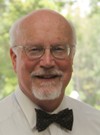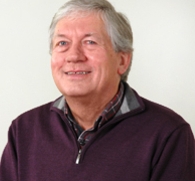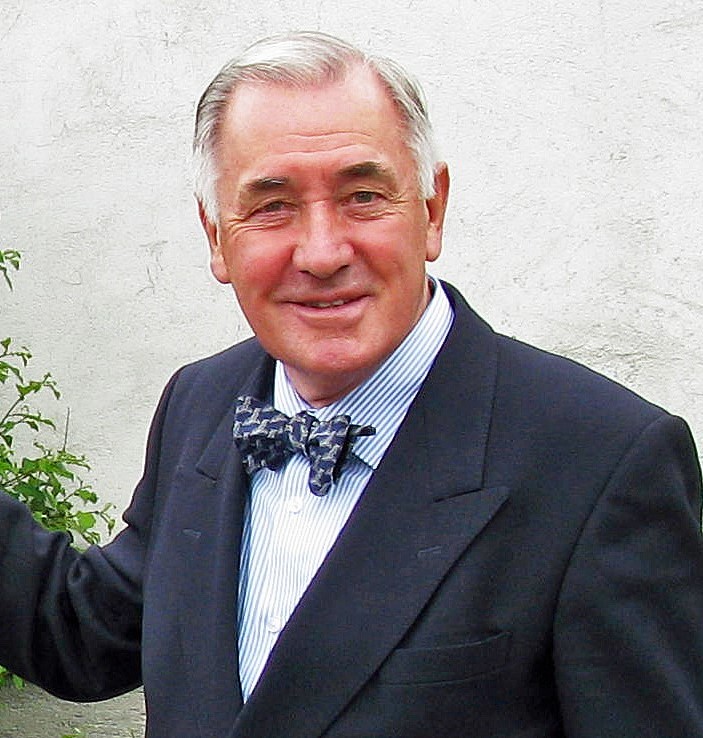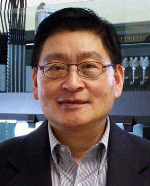
Lupine Publishers Group
Lupine Publishers
Menu
ISSN: 2644-1381
Perspective(ISSN: 2644-1381) 
On Extremal Optimization in Honeybee Foraging and Covid-19 Volume 2 - Issue 4
Elettreby MF and Ahmed E*
- Mathematics department, Faculty of Science, Egypt
Received: April 22, 2020; Published: May 01, 2020
*Corresponding author: E Ahmed, Mathematics department, Faculty of Science, Mansoura 35516, Egypt
DOI: 10.32474/CTBB.2020.02.000143
Abstract
Extremal optimization is applied in honeybee foraging and solving medical goods supply needed in Covid-19 management.
Extremal optimization
Extremal optimization (EO) [1] is a metaheuristic method [2] which is quite similar to the way the immune system (IS) renews its cells. This dynamic is called extremal dynamics [3]. It can explain the long-range memory of the immune system even without the persistence of antigens. The reason is that if a system evolves according to such dynamics then the annihilation probability for a clone (a type of cells) that has already survived for time t is proportional to 1/(1+ tc) , where c is a positive constant. Therefore, the longer it lives the higher the probability that it will continue to survive. This is the memory effect observed in the immune system. Consider a system of N elements, each element assigned a single scalar variable x(i), i = 1,2, . . ., N drawn from the fixed probability distribution function p(x). For every time step, the element with the smallest value in the system is selected and renewed by assigning a new value which is drawn from p(x). It is assumed that no two x(i) can take the same value.
Definition
For the above system the typical values of x(i) increase monotonically in time. This means that any renewed element is likely to have a smaller x(i) than the bulk, and hence a shorter than average lifespan until it is again renewed. Corresponding, elements that have not been renewed for some time will have a longer than average life expectancy. This separation between the shortest and the longest-lived elements will become more pronounced as the system evolves and the average x(i) in the bulk increases. This phenomenon is called long-time memory.
Proposition
Extremally driven systems can generally be expected to exhibit long-term memory [1].
Application in Honeybee Foraging:
In Bee foraging [4] neither do the foragers compare different
nectar sources to determine the relative profitability of any one
source, nor do the food storers compare different nectar loads
and indicate the relative profitability of each load to the foragers.
Instead, each forager knows only about its particular nectar source
and independently calculates the absolute profitability of its source.
Even though each of a colony’s foragers operates with extremely
limited information about the colony’s food sources, together they
will generate a coherent colony level response to different food
sources in which better ones are heavily exploited and poorer ones
are abandoned. This is similar to the idea of extremal optimization.
Proposed algorithm:
a. Every site i has a fitness f(i)=e(i)/n(i) where e(i) is energy
efficiency (energy gained per energy spent ) from it and n(i) is
number of foragers using it.
b. If f(i)>=rnd, where rnd is a random number uniform ally
distributed between [0,1], then n(i) remain the same.
c. If f(i)
We have simulated this algorithm and obtained the following result:
f .070 .228 1 1 1 1 1 1 1 1
n 0 0 1 1 2 3 4 4 4 4
Although the result is mainly monotonic, but some deviations are expected due to the random element of the process. Our results agree with the results of [5].
Application in Medical Goods Supply Needed in Covid-19 Management:
Recently Covid-19 [6] has caused a problem in medical supplies e.g. masks. This problem is similar to the one studied in sec.2. The flowers correspond to the medical goods suppliers and the bees correspond to their consumers e.g. medical workers and patients. The objective is to reach equitable distribution of users (bees) on producers (flowers). The algorithm in sec. 2 solves this problem
References
- M FElettreby, EAhmed, Houari Boumedien Khenous (2014) On Metaheuristic Optimization Motivated by the Immune System. Applied Math5(2): 318-326.
- C Blum, A Roli (2003) ACM Computing Surveys. 35(3): 268-308.
- S Boettcher, A Percus (2001) Optimization with Extremal Dynamics. Physical Review Letters 86(23): 5211-5214.
- Thomas D Seeley,Scott Camazine , James Sneyd (1991) Collective decision-making in honey bees: how colonies choose among nectar sources. Behav Ecol Sociobiol28:277-290.
- J Bartholdi, TD Seely, C A Tovey, J Vande Vate (1993)Pattern and effectiveness of Forager allocation Flower patches by honey bee colonies.J Theor Biol 160(1): 23-40.
- The lancet (2020).

Top Editors
-

Mark E Smith
Bio chemistry
University of Texas Medical Branch, USA -

Lawrence A Presley
Department of Criminal Justice
Liberty University, USA -

Thomas W Miller
Department of Psychiatry
University of Kentucky, USA -

Gjumrakch Aliev
Department of Medicine
Gally International Biomedical Research & Consulting LLC, USA -

Christopher Bryant
Department of Urbanisation and Agricultural
Montreal university, USA -

Robert William Frare
Oral & Maxillofacial Pathology
New York University, USA -

Rudolph Modesto Navari
Gastroenterology and Hepatology
University of Alabama, UK -

Andrew Hague
Department of Medicine
Universities of Bradford, UK -

George Gregory Buttigieg
Maltese College of Obstetrics and Gynaecology, Europe -

Chen-Hsiung Yeh
Oncology
Circulogene Theranostics, England -
.png)
Emilio Bucio-Carrillo
Radiation Chemistry
National University of Mexico, USA -
.jpg)
Casey J Grenier
Analytical Chemistry
Wentworth Institute of Technology, USA -
Hany Atalah
Minimally Invasive Surgery
Mercer University school of Medicine, USA -

Abu-Hussein Muhamad
Pediatric Dentistry
University of Athens , Greece

The annual scholar awards from Lupine Publishers honor a selected number Read More...




